This 1966 Trekka is Skoda Kodiaq’s Forefather | Nostalgia
Designed and built in New Zealand, the Trekka (1966-1973) used the mechanicals of classic Skoda Octavia combi of 1960s.
One of the most exciting SUV of this year, the Skoda Kodiaq is increasingly giving a whole new image to the VW-owned Czech brand. It has greatest potential to woo a huge share of buyers in the popular mid-size SUV segment, almost in every markets including India. It is already garnering buyers interest than any other Skoda car have ever generated. Thanks to the burgeoning SUV segments in the industry once again!
Also Read: 2017 Skoda Kodiaq: An Extensive SUV Campaign
Rowing back into past, the Kodiaq seems to have an ancestor it can well associate with – a “lightweight off-road vehicle” from the ‘Kiwis’ of 1960s era – the Trekka. Although the Kodiaq has no blood relation with the Trekka, nor did the Trekka bore the Skoda’s logo, there are a few sensible resemblances between the two across the time frame. One, the Trekka was the most reliable and a steady seller in initial days of its lifetime. Second, its mechanicals derived from the classic Skoda Octavia of 1960s were cherry picked to be flexible and dependable, to meet light off-roading requirement.
The Kodiaq seems no different in these regards. Skoda’s new SUV is going to be a steady seller, and it can be claimed as one of the reliable Skoda car ever, since the company has sensibly cherry picked the very best elements from the Volkswagen’s spice box. The modular MQB platform that the SUV uses is synonymous to dependability and flexibility, that it underpins cars from almost every category from small hatches to full-fledged SUVs.
Also Read: Skoda Octavia: 20 Years of Prodigy | Nostalgia
Coming back to the Trekka which is celebrating 50 years, the Kiwis locally assembled this car, with the mechanical kits imported from Skoda’s Mladá Boleslav plant in Czech Republic. They have bargained for the best chassis and engine that can suit the car they wanted to build, something that is again lightweight and flexible. The kit of Skoda Octavia Combi came handy. The wheelbase was shortened and the axle-ratio modified to suit the large tires and taller ride height. A limited-slip differential was added as well. The Trekka 1.2-liter four-cylinder engine produced 47 hp, with adequate road performance and pulling power.
The simple and tardy design is what makes the Trekka unique. With the front face inspired from the Land Rover Series I, it features locally pressed steel body and fibreglass canopies or canvas. The car was successful despite its limitations, given that it was one of the cheapest vehicle at that time and suited its needs of the New Zealanders. It was never marketed under any brand name, not even Skoda, and so the car’s name became a marque of its own! The Trekka has since then became an artifact of the country’s popular culture, precisely for the “Kiwi can-do” attitude of the 1960s. Not every car of the past are remembered that way.

Trekka’s success was out of its reliable and dependable mechanicals from Skoda, akin to Kodiaq’s advantage from using VW’s MQB platform.
The Trekka remembers me of an another classic vehicle of our land – HM Trekker. Not simply because of the almost similar nameplate or the design resemblance, but more so because of likewise tales of both the cars. The HM Trekker was also built on popular chassis and mechanicals of an iconic car, the Ambassador. Its ride height jacked-up, and the body beefed-up for more space and practicality. The easy-to-construct body design was intentionally kept minimal and simple, which was well-appreciated by the buyers. The Trekkers also has an unlikely success, despite being a poor fish.
In automotive histories, the odds of repeating and rhyming tales are very high. Just like the Trekka and the Trekker, or the Trekka and the Kodiaq!
Next, would you like to read more on Nostalgia, or Skoda?
H/T Motor1, Trekka.co.nz

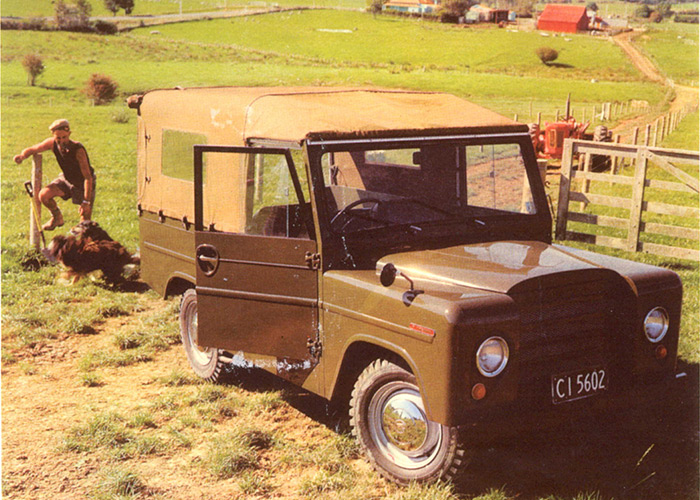

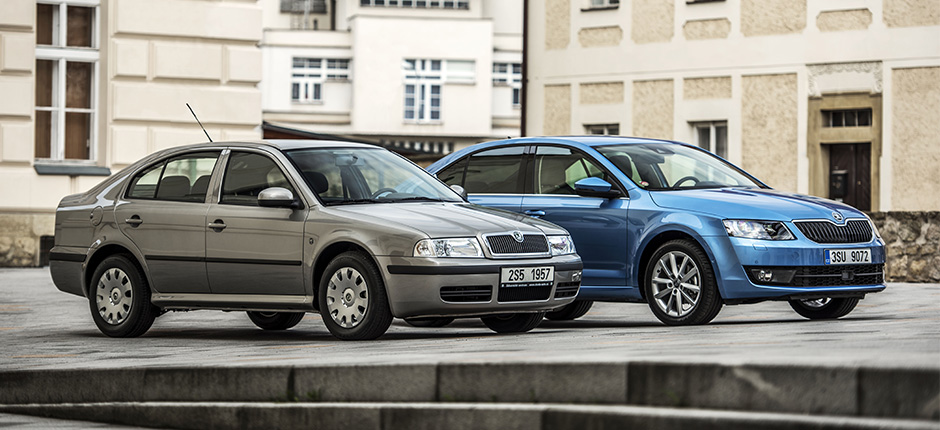

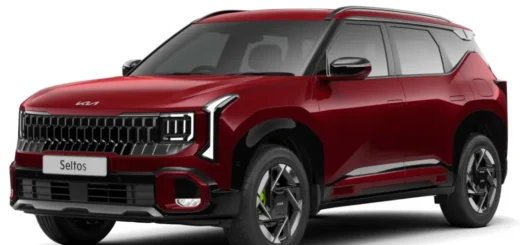
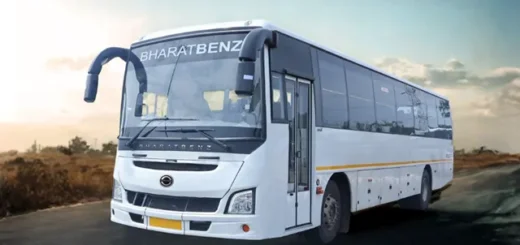
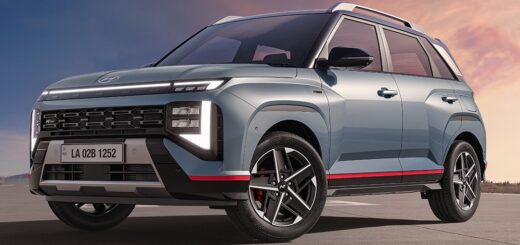

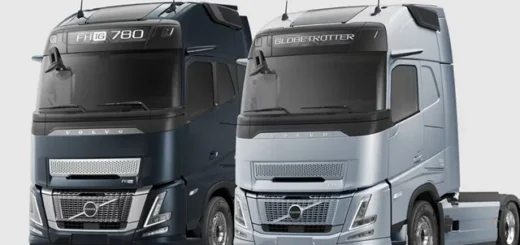

UK Buyer seeks Skoda Trekker 1.2 or1.4 ltr.